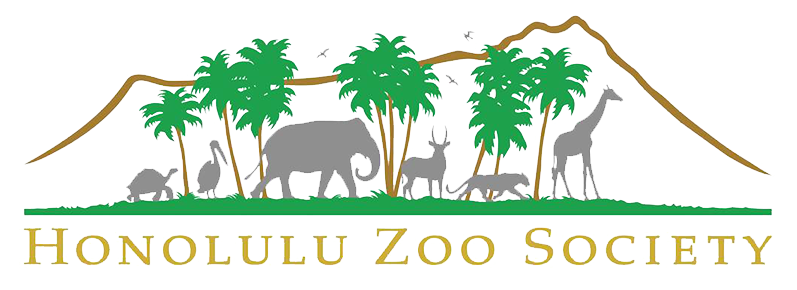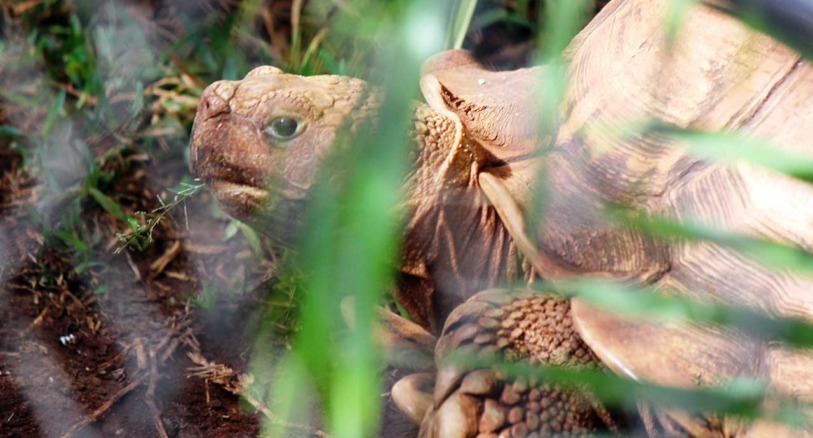
The African spurred tortoise is is the third-largest species of tortoise in the world, the largest species of mainland tortoise, and the only species in the genus Centrochelys.

This is the largest tortoise species on the Asian continent and quite possibly the oldest tortoise species in the world, having changed very little over millions of years.
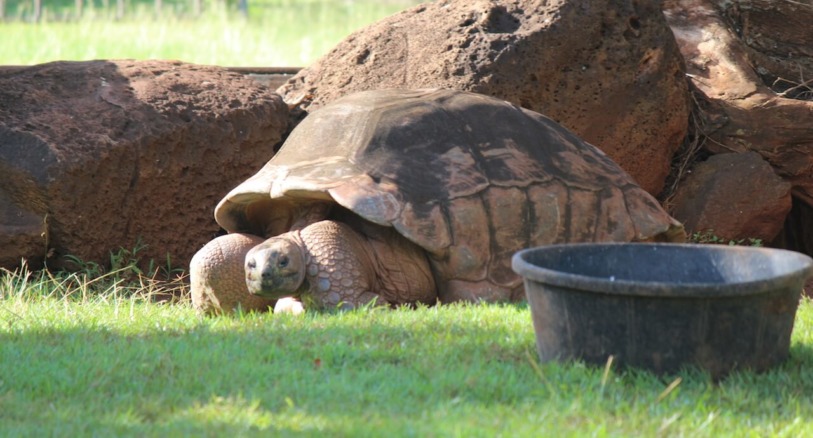
The Aldabra giant tortoise, from the islands of the Aldabra Atoll in the Seychelles, is one of the largest tortoises in the world.

Skinks are covered in a variety of scale types such as smooth, rough, keeled, and some that end in sharp points. They can be very brightly colored to drab, patterned on plain.
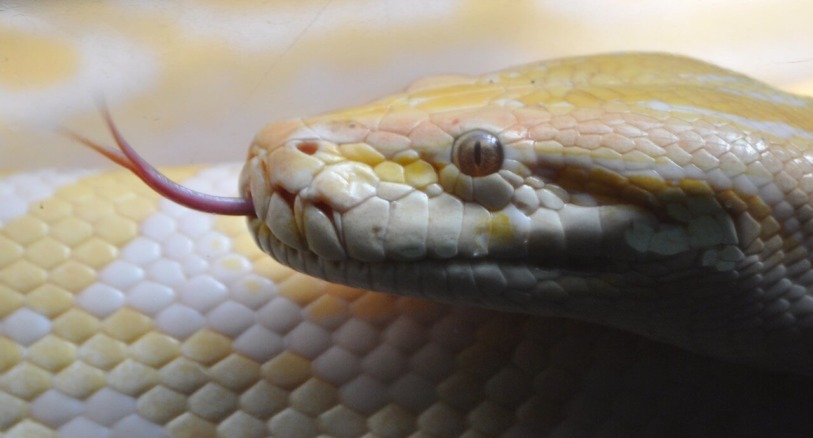
The Burmese python is one of the largest of all snakes, growing up to 25 feet, usually 20 and weighing up to 190 pounds.

Tortoises have symbiotic relationships with other animals, such as between the tortoise and the finch. The tortoise will extend its neck to allow the finch to pick off ticks.

They favor deep, fast-flowing rivers with relatively clear water, high banks, deep pools, and sandbanks for basking and nesting. They rarely venture more than a few feet away from the water.
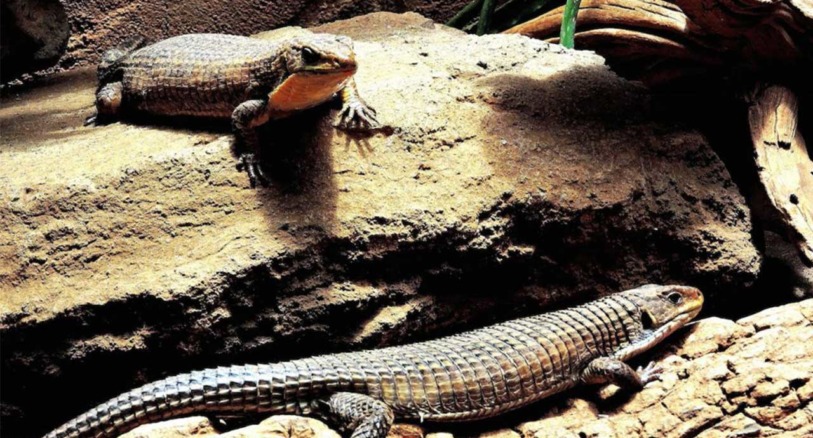
The Great Plated Lizard is widely distributed in eastern and southeastern Africa. It is a ground-dwelling lizard and lives in the semi-arid steppe areas, or flat parts of Africa.

Females migrate en masse to egg-laying sites. Dig elaborate burrows with labyrinthine tunnels. Egg laying takes place in February or March. 25 to 40 eggs are buried 12 inches deep in moist sand or soil.

In the wild, Komodo dragons are generally solitary animals, except during the breeding season. Males maintain and defend a territory and patrol up to 1.2 miles (2 km.) per day.
